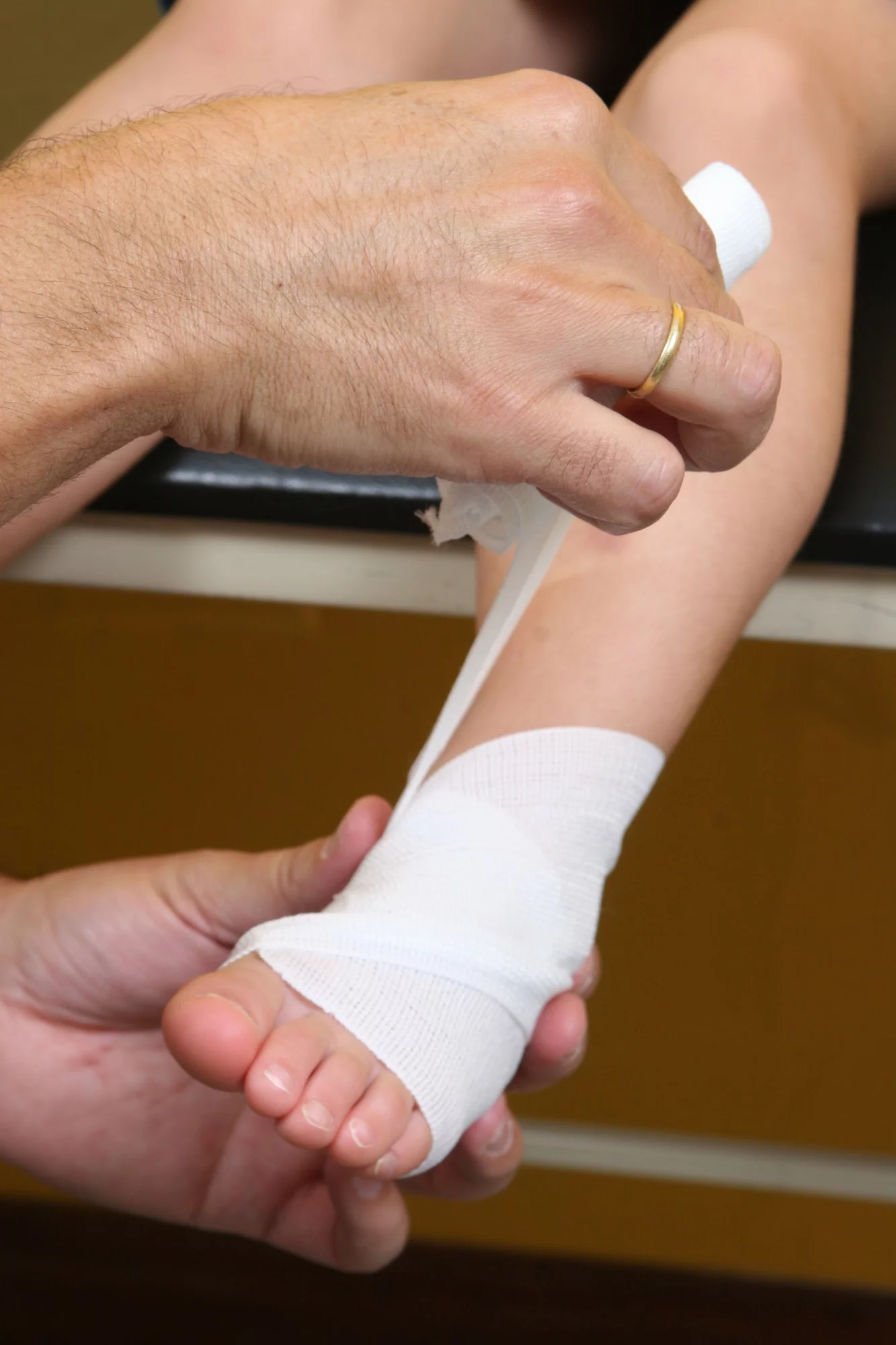Most people give little thought to their feet and toes until an issue occurs. Among the most common issues is an ingrown toenail, which can cause pain, redness, and inflammation.
Tailor’s Bunion: An Introduction
Also known as a bunionette, tailor’s bunion is a condition caused due to the inflammation of the fifth metatarsal bone located at the base of the little toe. Tailor’s bunion is characterized by a prominence at the metatarsal head and is different from a bunion.
While a bunion grows on the inside of the foot below the big toe, a tailor’s bunion grows on the outside at the end of the little toe. Bunions that rub against the person’s shoe can be extremely painful.
Tailor’s bunion is less common than an ordinary bunion. A study that involved 2,231 respondents with foot disorders found that around 39 percent of the subjects had regular bunions. Comparatively, only 4 percent of the people studied had a tailor’s bunion.
The deformity was named tailor’s bunion centuries ago when tailors used to sit cross-legged while working. The seating posture resulted in the outside edge of their feet rubbing the ground. The constant rubbing often resulted in the formation of a painful bump at the base of the little toe.
How to Know If You Have a Tailor’s Bunion
A tailor’s bunion is characterized by redness, swelling, and pain in the little toe. Wearing shoes can increase the amount of redness and swelling, as the affected toe will continuously rub against the shoe.
A person may have tailor’s bunions on both feet. Depending on the way the person walks, the bunion on one foot can hurt more than the one on the other foot. Many people have both bunions and tailor’s bunions.
Diagnosing a Tailor’s Bunion
Because the protrusion of the fifth metatarsal bone is quite prominent, a visual examination is all it takes to diagnose the problem. To learn more about the nature, cause, and extent of the deformity, many physicians order an X-ray.
Causes of This Issue
Some of the most common causes of a tailor’s bunion include:
- An inherited (genetic) defect impacting the mechanical structure of the foot
- Loose ligaments
- Wearing poor-fitting shoes regularly
- Unusually tight calf muscles
Non-Surgical Treatment Options
A number of non-surgical treatment options are available:
- To help get rid of swelling, many doctors inject corticosteroids into the affected area.
- Many experts recommend applying an ice pack to the affected area.
- Choose the right shoe, and avoid wearing shoes with pointed toes or high heels.
- Many surgeons recommend custom orthotic devices to alleviate pain and inflammation.
- Place bunionette pads over the area.
- Many experts recommend using NSAIDs such as ibuprofen for pain relief.
Surgical Treatment
Surgery is the last alternative. A foot and ankle surgeon recommends going under the knife only in cases where patients have exhausted all non-surgical options without any sustainable results.
The type of surgery required will depend on several factors, such as the person’s age, the level of deformity, and the patient’s activity level.
Learning More About the Condition
The best way to learn more about tailor’s bunion is to contact Bay Area Foot Care and set up a consultation. Schedule your consultation today.

